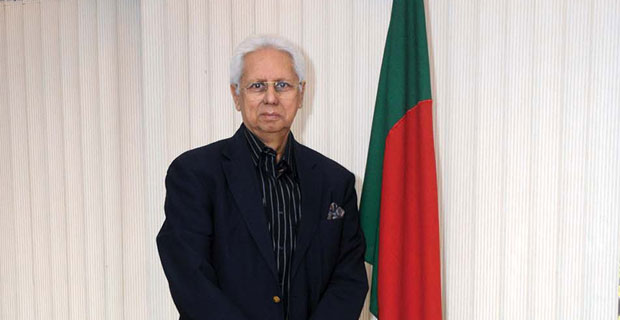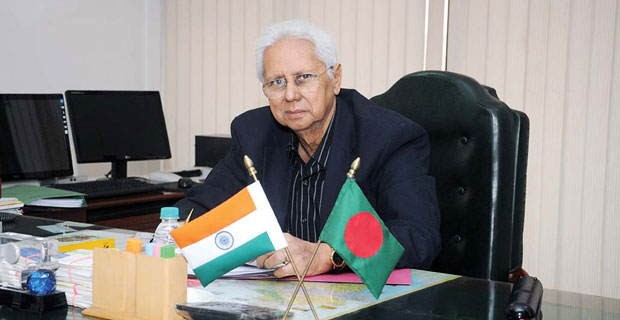“Our relationship with India is based on mutual benefit and equality”
H.E. Syed Muazzem Ali, High Commissioner of Bangladesh to India

India and Bangladesh share 54 rivers. At present do you find that both countries are maximizing benefits from these river systems?
Unfortunately, we are yet to maximize the benefits of the joint rivers. The signing of the Ganges water sharing agreement is one example of a mutually agreed solution to water sharing between neighbours. Despite this example, the Teesta deal had faced obstacles since September 2011 when West Bengal government started opposing the agreement. Bangladesh and India share 54 common rivers between them. We need to develop a framework like basin wide river management for harnessing of these natural resources amicably for the greater economic development of both the countries. JRC has to be made stronger as a platform to hold meetings and discussions to resolve water disputes so that the water resources can be utilised on an equitable basis for mutual benefit of the people of the two countries.
We are very hopeful about Teesta agreement that it will happen soon. Due to the delay, there are many misgivings in Bangladesh. If Teesta happens, the cooperation initiative will get a boost. However, it’s not only about Teesta. Teesta apart, progress on discussions on sharing of the waters of Feni, Monu, Muhuri, Khowai, Gumti, Dharala and Dudhkumar rivers has also been stalled for long. So there are a whole range of issues including Teesta agreement, joint basin wide management of rivers, river-linking projects that demand urgent attention. Joint management of rivers will not only facilitate better sharing of water, but also will pave the way for better communication between Bangladesh and North Eastern India which has always been the case prior to 1947.
Water sharing is a very sensitive issue and it must be addressed on a top priority basis, with care and compassion, to reach a win-win solution. It is necessary to involve all the concerned countries under joint basin management schemes.
What is the quantum of exports from Bangladesh to India? What are the main items that Bangladesh exports to India?
The volume of bilateral trade has simply grown over the past seven years. The balance of trade is still hugely in India’s favour though(approximately US$ 6.5 Billion against US$ 658 Million). India, however, has allowed duty-free and quota-free access to all Bangladeshi items to the Indian market except for a few items on the SAFTA negative list. Main items that Bangladesh exports to India are Woven Garments; Knitwear; Home Textile; Agri-Products; Frozen Food; Leather & Leather Products; Footwear; Raw Jute; Jute Goods; Bicycle; Others.











Comments.